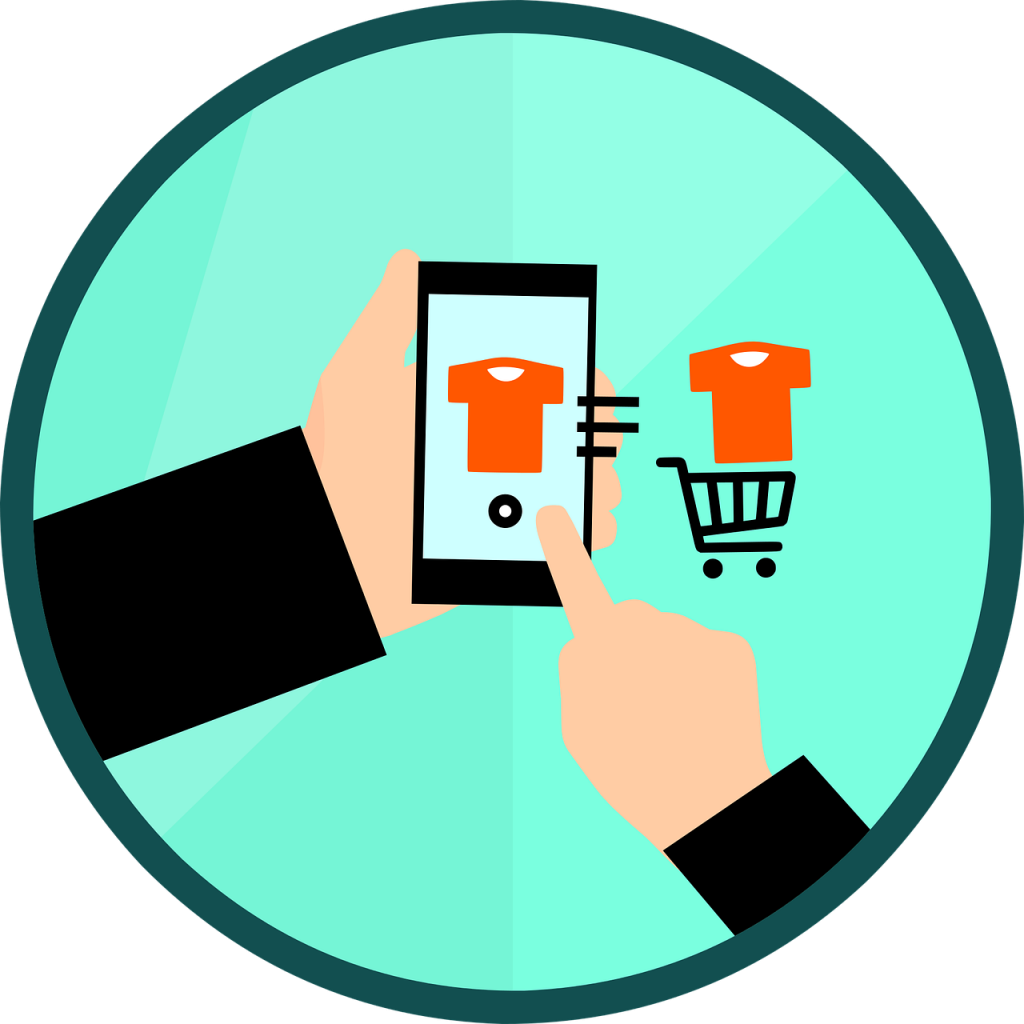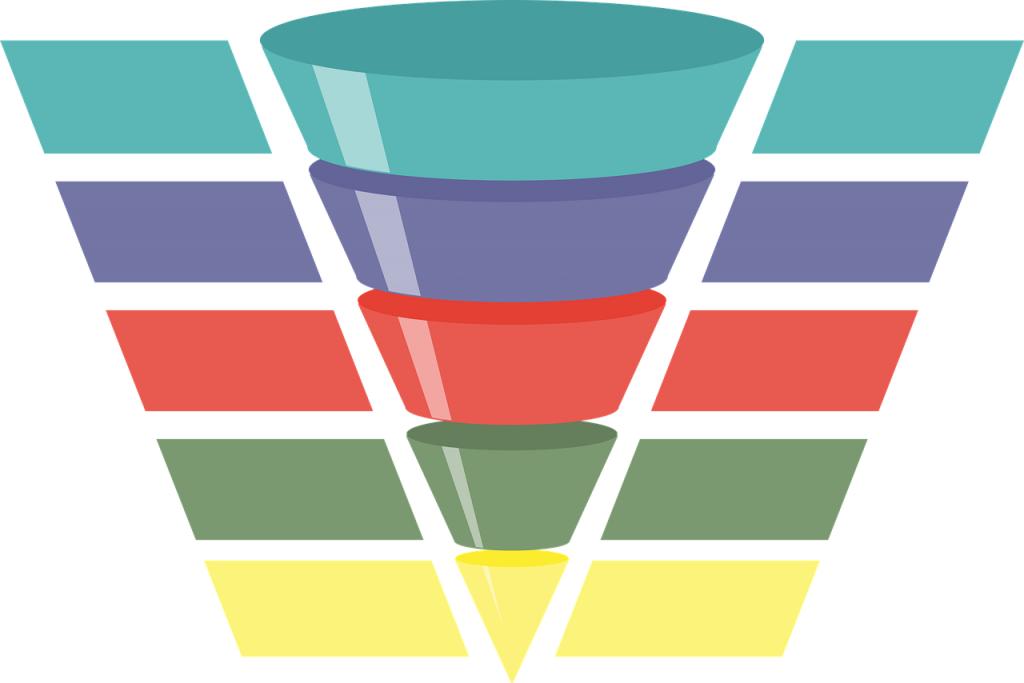If you are wondering which digital marketing metric is the most important and which ones you are supposed to measure keep reading!
Social media platforms are developing better ad services by the day, people are becoming SEO experts, companies are hiring more and more influencers, and email marketing remains one of the most effective marketing strategies, even in 2020.
But how do digital marketers measure the success of their campaigns?
To see if their campaign was a success or not and if the websites of the companies they work for are doing well, digital marketers use specific digital marketing metrics that tell them all the data that they need.
Today we are bringing you 9 metrics that every digital marketer should measure.
Related: Read about key SaaS metrics.
Let’s commence.

1. The website traffic metric
Starting the list off with one of the most used metrics in digital marketing – website traffic.
There are online services that will allow you to check this metric, but we recommend Google Analytics because it is not only free but offers dozens of other useful digital marketing metrics that you can check.
Website traffic refers to the number of visitors who enter your website.
In doing so, they start a session, which is the log of what pages they browsed on your website and how long they stayed.
So, by checking your website traffic metric, you can learn if you’re getting visitors or not, for how long they’re staying on your website, which pages are they most interested in, and where the traffic is coming from.

If you feel like the website could be getting more traffic, here’s what you can do to increase this metric:
- Run ad campaigns
- Make sure to optimize all your pages with the keywords that they need to contain
- Consider starting a blog and updating it frequently with high-quality content
- Share said content on social media platforms
2. Session duration – a digital marketing metric that is all about time
This digital marketing metric is entirely focused on how long visitors stay on your website.
While it is true that you want users to spend as much time on your website as possible, not all pages are the same.
People spending 15 minutes on your product page isn’t the same as people spending the same amount of time on your homepage, and having a long session duration can be an indicator of poor user experience or UX.
Poor user experience can be caused by bad website design, which confuses users, hence why it’s taking them a long time to find the way through your website, or unreadable copy, where the font is too small and the paragraphs aren’t properly spaced out.
Read more about: Bad UX choices that cost companies millions!

Both of these can cause frustration in users, and while the more patient ones will stay and make an effort to navigate your website in order to buy something from you, others might not be as patient and won’t give you a second chance.
Session duration is a very important digital marketing metric you should not overlook.
Nowadays, most businesses have websites with online stores, so it is important that their websites are easy to navigate and use.
To make sure your website isn’t confusing, take a second look at its design and ask for some objective opinions.
We recommend asking people how long it took them to find what they needed and if they felt confused by the website design at any point.
3. Landing page related metrics
A landing page is a page that your visitors land on after clicking our link or one of your ads.
While it is true that any page can be a landing page, when digital marketing experts refer to them, they’re usually speaking of pages that have one goal – conversion.
A conversion happens when your visitors complete a goal that you want them to complete, which is most often a purchase, subscription, download, link click, etc.
To learn how your landing pages are performing, you can use landing pages related metrics, such as goal measuring, bounce rate, and pageviews.

Services that let you measure your conversions aren’t as abundant as the website traffic ones, but worry not, Google Analytics is here for you.
Using this service, you can set up your goals, and watch if visitors are completing them.
If this sounds complicated or hard to do, trust me, it really isn’t.
Google Analytics does a great job of both explaining goals and having the process of setting them up be super easy.
4. Bounce rate
We mentioned bounce rate previously, but what exactly is it?
Bounce rate is the percentage of visitors who visit a single page on your website, don’t perform any action, and close your website, which means no conversions.
No matter if your website is new or not, you should pay special attention to this digital marketing metric.
Similarly to session duration, different pages have different bounce rates.
If people are visiting your articles and leaving quickly, it can either mean they found what they were looking for or not.
But if you’re formatting your posts properly and giving people the information described in the meta description, you don’t have to worry about your posts having a high bounce rate.
They have probably found the information they needed super easily because your post and formatting allowed them to.

On the other hand, a high bounce rate on landing pages isn’t something you want.
The same goes for your homepage: you want people to click another one of your links, either your store or your about page.
Because it helps you learn about which ones of your pages are performing well, the bounce rate metric is of significant importance.
Make sure to frequently monitor the bounce rate of your website and separate pages.
If your page has a good bounce rate one month, but a bad one the other, something could be wrong with it and the code may be broken. We advise checking your website as often as you can.
Find out: How to reduce bounce rate?!
5. Mobile traffic
Digital marketing also involves marketing on mobile phones. Mobile browsing overtook desktop browsing in 2016, and today, it remains widely used.
People are browsing the internet on the go on their smartphones and other devices, which is why you should absolutely measure the mobile traffic and the reason why this digital marketing metric is so important.

If your mobile traffic is low, it could mean that your website isn’t properly optimized. Make sure your website is responsive so that your mobile visitors can have a good user experience.
Check how big the font of your website is on mobile and if the pages adjust to the size of the screen.
Keep checking the mobile traffic metric to see how many of your users aren’t coming from desktop. This could help you further tailor ad campaigns, so they can be even more effective.
6. Channel-specific traffic metric
This metric tells you which website your visitors came from.
While it may sound useless at first thought, it is actually quite useful.

By telling you which website your users were on before they clicked your ad or link, the digital marketing metric of channel-specific traffic gives you insight on what ad campaigns are performing better than others.
For example, if people are clicking your Facebook ad more than they’re clicking your email ad, the latter could maybe use a bit of improving.
It also helps you determine where you have the biggest audience, so you can focus on that channel more.
Website traffic can come from a number of channels, so there are different types of traffic involved:
- Social media traffic – when people click on a link of your website that they found on your social media profile
- Referral traffic – users clicking your website link that they found on another website
- Email – users clicking the links you provided to them in your email marketing campaigns
- Organic search traffic – users finding your website in the search results
- Paid search – when people click the links included in paid ads

7. Cost per lead metric
The cost per lead metric helps you learn about how efficient your ad campaign was.
A lead, in terms of digital marketing, is the person who got interested in your ad and purchased something from you.
So, this digital marketing metric shows you how much it cost you to show your ad to all the new leads you got and how much money you earned from the leads’ purchases.

The cost per lead is calculated by dividing the total cost of the campaign by the number of new leads.
So, for example, let’s say you invested $500 in your ad campaign, which resulted in 10 leads.
This means that you paid $50 dollars per lead.
Now, if you sell products that are more expensive than $50 and cost, let’s say, $150, you have earned money and your ad campaign was a success.

But if your products are much cheaper, it can present a problem and cause you to lose a lot of money, which is why it is important to monitor this digital marketing metric.
If you’re just starting off with ad campaigns, we recommend that you start off small and don’t invest a ton of money immediately.
8. Funnel conversion rate metric
Before we explain what the funnel conversion rates are and why they’re useful, let’s first take a look at what funnels refer to.
In digital marketing and marketing in general, a funnel is a process which has the aim of turning people into customers.
It consists of a number of stages, usually in the following order: it starts off with an awareness stage, which is then followed by the stages of interest, evaluation, commitment, and sale.
Simply put, it goes from people being aware that your brand exists, then showing interest in your products, evaluating your brand, and then deciding to commit and buy a product or service of yours.

Enter, the funnel conversion rate metric.
This useful metric tracks the number of people who have entered your funnel (people who have shown interest in your products) and how many of them became customers.
It is helpful (and necessary to track if you’re setting up a marketing funnel) because it provides useful data which can help you make changes and improvements to your ad campaigns in order to turn more people into customers.
9. Sales closing ratio
Here’s another digital marketing metric that is related to funnels.
The sales closing ratio metric tracks the number of people your marketing team engaged with and the number of people who actually made purchases.
It is calculated by comparing those two numbers.
So, for example, if your marketing team spoke to 10 people on Facebook who were interested in your products and 5 of them bought your products afterwards, your sales closing ratio is 50%.
The usefulness of this digital marketing metric lies in the fact that it can help you improve your sales and approaches in your marketing strategies.
If your marketing team has less success turning a group of people into customers, you can try and find any possible patterns that that group has in common.
If there are any such patterns, you can think of a new marketing approach that the group will find relatable, making it more possible for them to become customers.

Conclusion
Digital marketing is quickly overtaking traditional marketing because of the countless benefits it possesses- it allows for better ad customization, and more importantly, people are using the internet now more than ever.
To make sure your website is performing well and to stay on top of your ad campaigns and find possible flaws in them that can be improved, there are 9 important metrics you can measure.
Track your website’s traffic to learn more about how people are browsing your website and which pages they’re visiting the most; measure their session duration to see how your pages are performing and if people are spending enough time on them.
There’s also conversion tracking, an important digital marketing metric that shows you if people are performing the actions you want them to on your website.
The bounce rate is another important metric that tracks how many people are leaving your website without performing any actions.
There are also the metrics of mobile traffic and channel-specific traffic, which show you how many of your users are using their phones to browse your website and where they’re coming from, respectively.
And last but not least, there are also metrics that measure the efficiency of your marketing funnel – the funnel conversion rate metric and the sales closing ratio.





